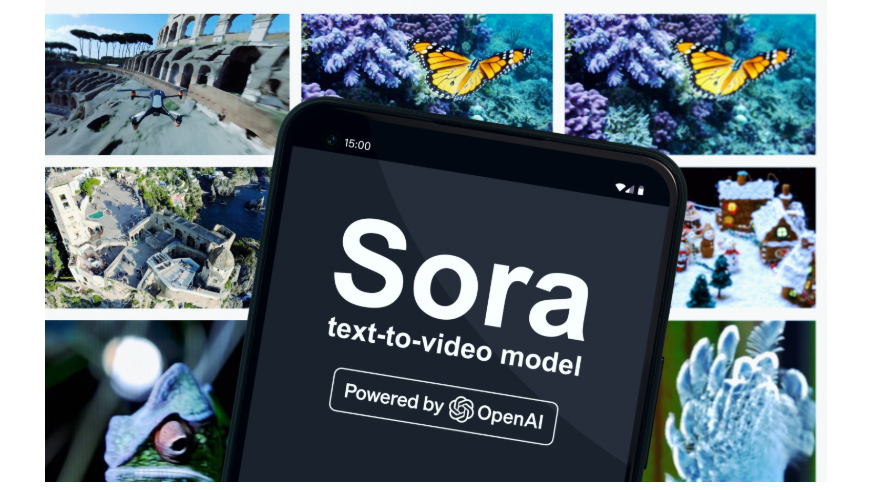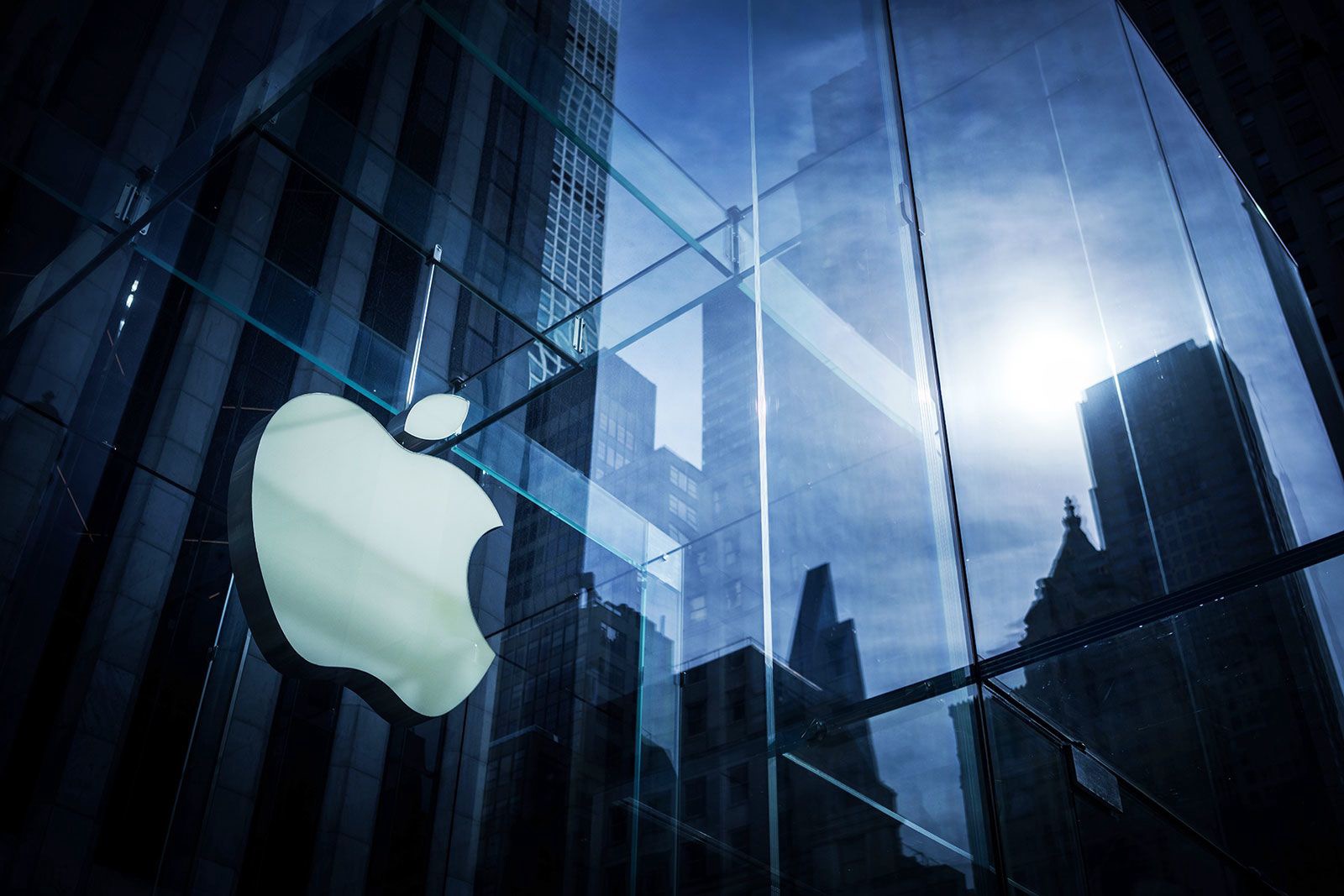In a move that could reshape the future of content creation and social media, OpenAI has launched a new video-centric app called Sora, designed as an AI-native alternative to platforms like TikTok and Instagram Reels. The launch coincides with the introduction of Sora 2, the latest iteration of OpenAI’s text-to-video model, capable of generating highly realistic video clips complete with motion, audio, and complex scene control.
With this dual launch, OpenAI is making a bold bet that the future of video is not filmed — it’s generated.
An AI-Native Approach to Social Media
The Sora app presents itself like many short-form video platforms: a vertical scrollable feed, quick reactions, shareable content, and social features. But unlike TikTok or YouTube Shorts, Sora’s feed consists entirely of AI-generated videos. Instead of uploading videos filmed on a smartphone, users input text prompts, choose styles, optionally grant access to their likeness, and allow OpenAI’s models to generate the visuals.
The app is designed to be collaborative and remixable. Users can build on each other’s creations, re-style clips, change characters, or insert themselves into existing videos if given permission. A unique “cameo” system enables users to authorize their face or likeness to be used in others’ generated content, giving individuals control over how their identity appears in AI creations.
This signals a departure from traditional social media, where content creation has relied heavily on physical presence, access to equipment, and editing skills. With Sora, storytelling is prompt-based, collaborative, and nearly instantaneous.

Introducing Sora 2: The Next Leap in AI Video
Powering this new social app is the Sora 2 model, OpenAI’s most advanced video-generation system to date. Building on earlier research, Sora 2 boasts a wide range of enhancements that make AI video creation more flexible, realistic, and user-friendly.
Key features include:
- Multi-modal outputs: Videos now include synchronized audio, such as ambient sounds, music, and speech that match the visual scenes.
- Improved realism: Movements of people, animals, and objects follow more natural physics, reducing the uncanny or glitchy artifacts common in early AI video.
- Scene control and multi-shot composition: Users can craft sequences with multiple scenes, adjust pacing, apply transitions, and maintain consistent characters across clips.
- Style and tone tuning: Whether cinematic, cartoon, documentary-style, or surreal, users can guide the aesthetic of the video directly from the prompt.
- Identity handling: The model respects likeness permissions and prevents the unauthorized use of real individuals’ identities.
Sora 2 is also being made available to developers through an API, allowing integration into third-party platforms, creative tools, and enterprise applications.
Competing in a Crowded Market
OpenAI’s launch of Sora places it in direct competition with major platforms that dominate short-form video — TikTok, Instagram Reels, YouTube Shorts — but it does so with a radically different foundation. These platforms rely on user-captured video content. Sora skips the camera entirely.
This approach gives OpenAI a unique angle. Rather than fighting for influencer attention or live content creators, the company is betting on the rise of AI-native creativity — where anyone can become a video creator without needing production tools, filming time, or performance skills. The result is a democratized creative process: fast, expressive, and scalable.
However, this also positions OpenAI not just as a model developer, but as a social platform operator — a space with new challenges, such as content moderation, creator support, monetization systems, and trust management.
Ethical and Safety Considerations
The launch of Sora raises important questions about identity, consent, and authenticity. With the ability to generate videos using real faces, even with permission, the risk of misuse remains high. OpenAI has implemented a “cameo” permission system where users must explicitly authorize their image to be used in generated content. If that permission is revoked, the corresponding videos can be taken down.
Still, the broader implications of synthetic media are complex. Concerns include the spread of misinformation, deepfakes, and a possible saturation of social platforms with “AI slop” — low-effort or spammy synthetic content. OpenAI says it has safeguards in place, including watermarking, provenance tracking, and content filters designed to block extreme, harmful, or misleading prompts.
Moderation at scale, however, remains a known challenge for any platform — particularly when content is generated on the fly rather than manually uploaded.
A New Era of Creation?
For creatives and casual users alike, Sora may represent a paradigm shift in how stories are told and shared. Rather than curating the perfect camera angle, lighting, and performance, users can now direct the scene through language. This opens doors for individuals who may lack the resources to produce traditional content but still have compelling ideas to express.
The app also introduces a new cultural space where remixing, identity play, and co-creation become central parts of the experience. Early feedback suggests that users are experimenting with short films, surreal clips, visual jokes, music videos, and character-driven storytelling — all created in minutes.
While it’s too early to predict whether Sora will rival the likes of TikTok in daily usage, its emergence is part of a larger trend: the blending of generative AI with social interfaces to enable new forms of creativity.
Looking Ahead
The success of Sora will depend on multiple factors: user adoption, model reliability, creative appeal, safety, and moderation. It may also hinge on whether audiences embrace AI-generated content as authentic, entertaining, and worth their attention.
For OpenAI, the app represents a new frontier. No longer just a research lab or API provider, it is stepping into the world of consumer experiences, where trust, culture, and community matter as much as the underlying technology.
Sora, powered by Sora 2, could mark the beginning of a new genre of social media — one not built on captured reality, but on imagined possibilities.












